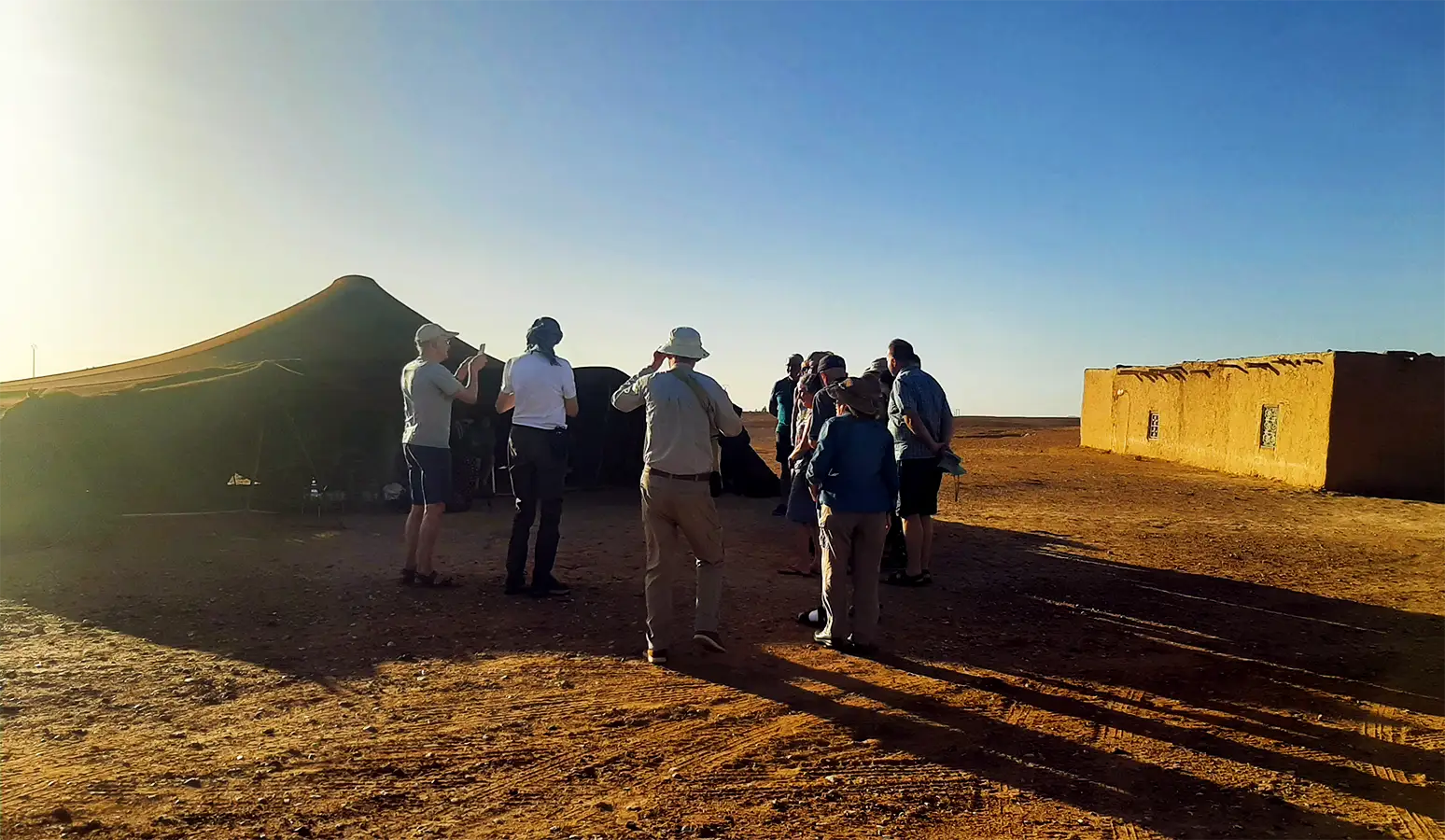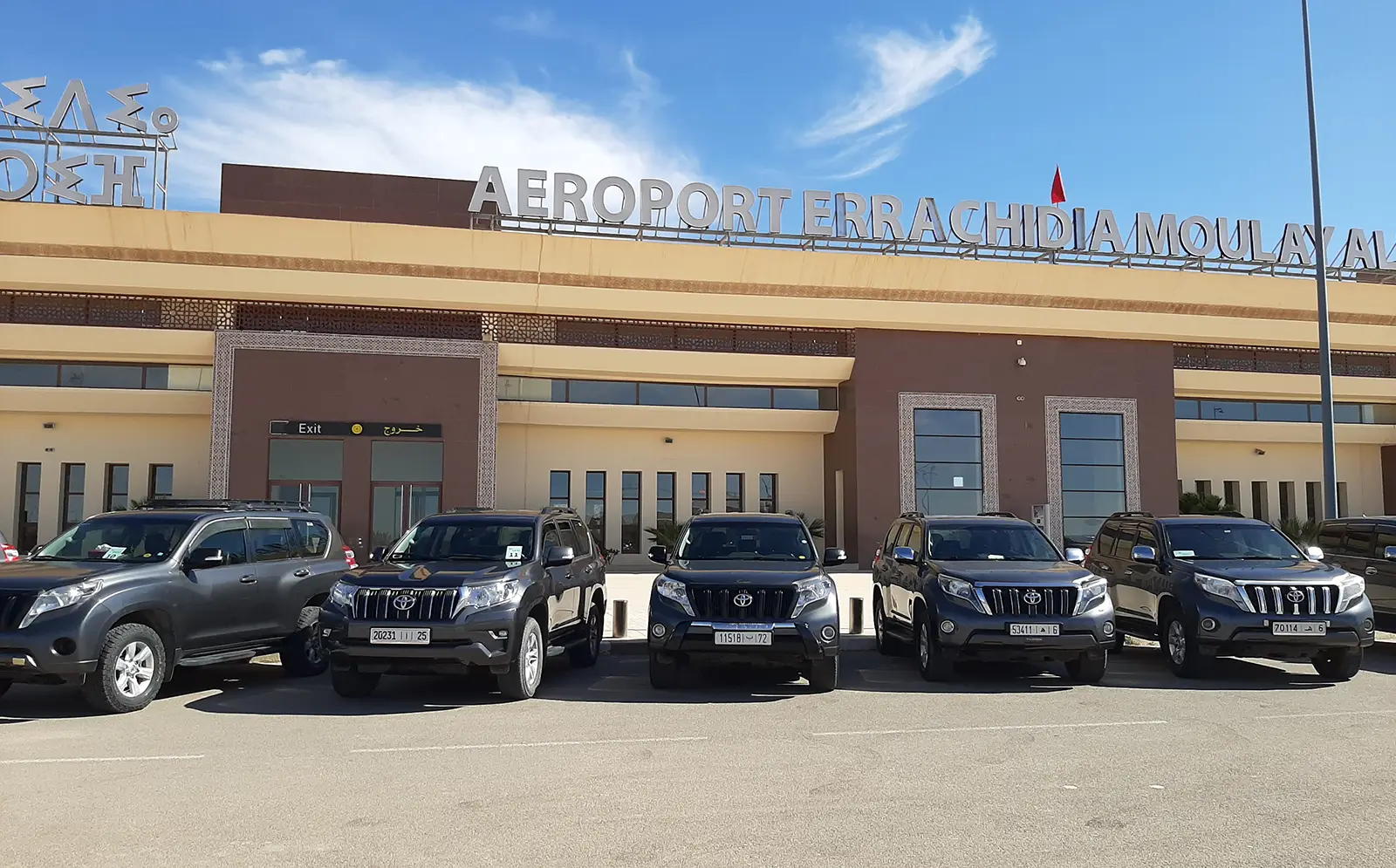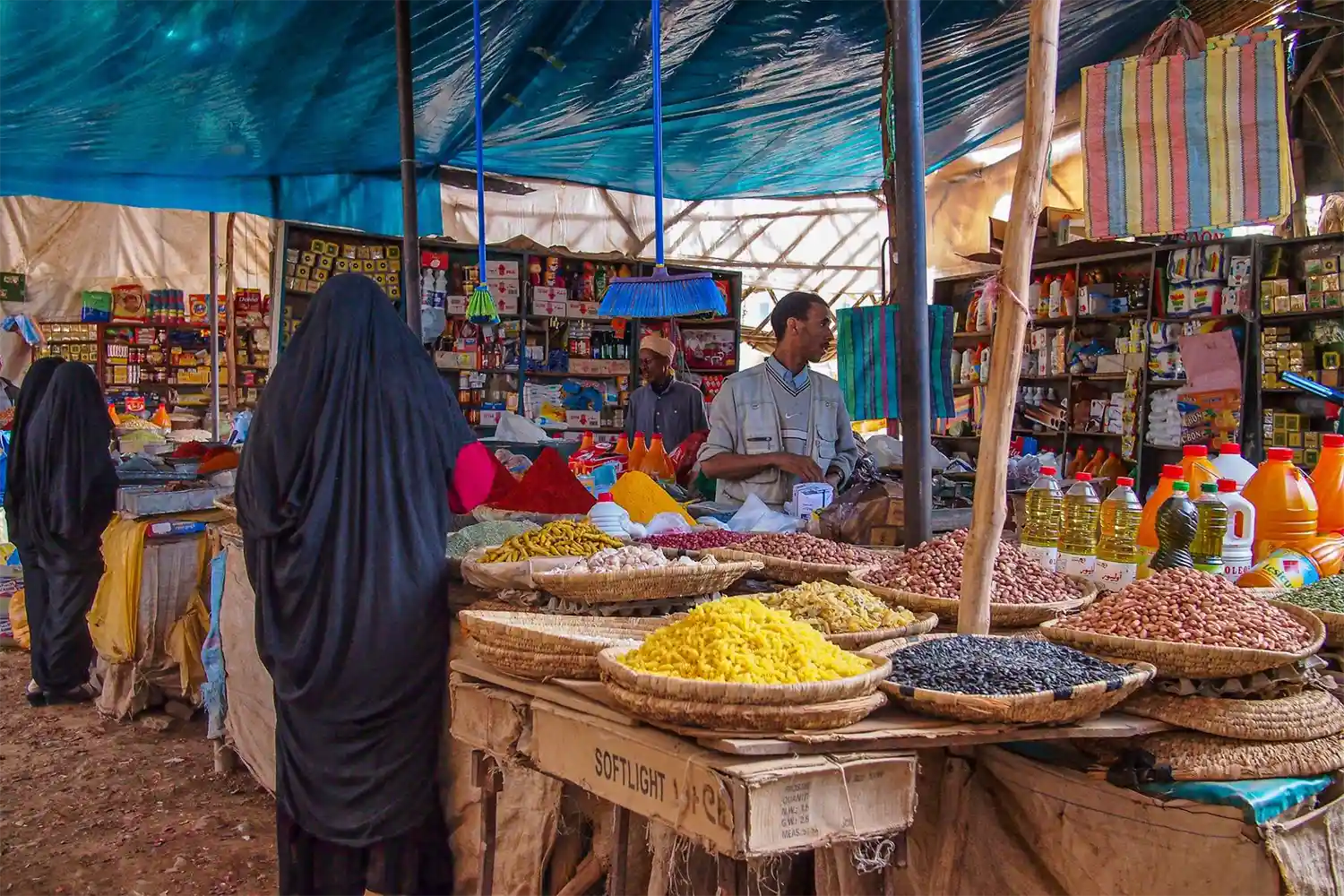Planning a trip to Morocco? This complete Morocco travel guide covers everything first-time visitors need to know for an unforgettable journey when they travel to Morocco.
Morocco is an incredible destination that offers an amazing blend of ancient traditions, vibrant culture, and stunning landscapes. From the bustling souks of Marrakech to the endless dunes of the Sahara Desert, this captivating North African kingdom provides travelers with unforgettable experiences.
we will take you through the essentials of planning a trip to Morocco, from transportation to cultural considerations to all the best things to do in Morocco.
By the end of this guide, you’ll be confident about how to travel to Morocco and planning your own adventure to this magical country. Without further ado, here’s our complete Morocco travel guide!
Do You Need a Visa for Morocco?
No, visitors from the United States, Canada, the United Kingdom, European Union nations, Australia, New Zealand, and numerous other countries are not required to obtain a visa for trips to Morocco under 90 days. Make sure your passport gets an official entry stamp when you arrive. You may need this stamp during your stay or when you leave.
Where Is Morocco?
Morocco is situated in the northwest region of Africa, just beneath Spain, separated by the Strait of Gibraltar. It has a unique location in Africa, close to Europe.
It is also connected to Arab and Berber cultures. This strategic location gives Morocco a unique mix of influences. This blend makes it a captivating place to visit.
How to Travel to Morocco
Casablanca Airport, also called Mohammed V International Airport (CMN), is the main airport in Morocco. This is likely where your international flight will land. Additionally, there’s Marrakech Menara Airport (RAK). Numerous major airlines operate at both airports, such as Delta, American Airlines, Emirates, British Airways, and Air Canada.
There are some differences though. For instance, United Airlines operates flights to Casablanca Airport but not to Marrakech Menara Airport. Based on your travel plans, you might prefer to arrive at one airport and depart from the other. Many travelers fly into Casablanca then fly out of Marrakech based on their Morocco itinerary.
Another way to reach Morocco is by boarding a ferry from Spain. The journey time can change based on the route.
It can take as little as 1 hour and 30 minutes or as long as 36 hours. The quickest ferry routes depart from the ports of Algeciras and Tarifa, arriving in Tangier within 60-90 minutes. You can also bring your car by ferry to Morocco with some extra planning.
Getting Around Morocco
Trains
Morocco’s rail network is excellent — comfortable and mostly on time. The national railway system ONCF connects major cities with reliable service, making train travel a great option for routes between Casablanca, Rabat, Fes, and Marrakech. The high-speed train between Casablanca and Tangier is particularly impressive.
Buses
Numerous public and private bus operators, such as CTM and Supratours, link various cities across the nation. Buses can be slow and sometimes crowded, but they’re economical and reach destinations trains don’t serve.
Taxis
In Morocco, there are two types of taxis: petit taxis and grand taxis.
Petit taxis are cars designed to transport a maximum of three passengers. They’re everywhere and the most popular way to get around cities.
Grand taxis are bigger vehicles typically accommodating up to six passengers. You can use these within cities, but they’re mostly for traveling between cities.
There is no Uber in Morocco. However, you can use an app called “Careem” in major cities.. In Marrakech, you can use taxi apps like “Heetch” and “Roby.” If you are staying in a riad or hotel, ask the concierge to get you a car and driver.
Car Rentals
You can pick up a rental car in Marrakech or other major cities and drive yourself, which offers maximum flexibility for exploring Morocco’s diverse landscapes. However, driving requires confidence navigating busy traffic and understanding local driving customs.
Planes
For long distances between major cities, you can take domestic flights with Royal Air Maroc or Air Arabia Maroc.
Best Time to Visit Morocco
The best time to visit Morocco is in spring and fall: March to May and September to November. The weather is perfect — neither too hot nor too cold — and you’re outside peak tourist season. We went in early June and the weather was lovely and not crowded. For detailed seasonal information and month-by-month breakdowns, check out our comprehensive guide on the best time to visit Morocco.
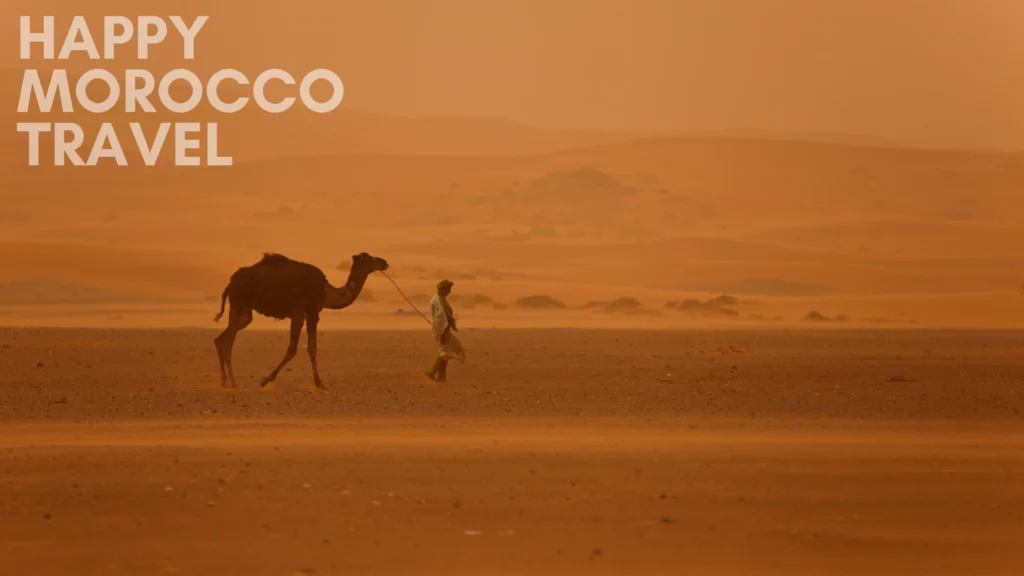
Planning Around Religious Holidays
Islam is the state religion of Morocco. Most religious holidays may not change your travel plans much, but Ramadan is a big exception. This event typically lasts for 30 days, taking place between February/March for next 3 years.
During Ramadan, Muslims don’t eat or drink from dawn until sunset. Most local restaurants and cafes are closed during daytime, and some close for the whole month.
If you don’t mind it, visiting Morocco during Ramadan can be an amazing experience. After the sun sets, people celebrate in cities everywhere!
Seasons & Weather in Morocco
Cities in the north, such as Casablanca and Tangier, experience a Mediterranean climate. Even during hot, muggy summer, sea breezes cool things down. Average temperatures in Casablanca are 73°F (23°C) during summer and 55°F (13°C) in winter.
Cities such as Fes and Marrakech, located in central and southern Morocco, experience sweltering summer heat. The typical summer temperatures in Marrakech are in the 90s, occasionally reaching over 100°F! In contrast, the average winter temperature hovers around 54°F (12°C). Most rainfall happens from November to March, especially in coastal areas.
The majority of rainfall occurs from November to March, particularly along the coast.
Language
Morocco acknowledges two official languages: Modern Standard Arabic and Standard Moroccan Berber. Moroccan Arabic and several Berber dialects are the most widely spoken. Colonial history has led to widespread use of French. To better understand Morocco’s indigenous languages, explore this comprehensive guide to Tamazight dialects and Berber languages spoken throughout the country.
Do They Speak English in Morocco?
English is not commonly spoken in Morocco. Most people in the tourism industry speak basic English. This makes communication easier in tourist areas.
Money Conversion in Morocco
The currency is the Moroccan Dirham (MAD). It operates on a closed currency system, meaning you can’t get it outside Morocco. Lots of establishments only accept cash, so get to an ATM quickly. ATMs have decent exchange rates, or you can exchange money at the airport.
Most restaurants and main shops accept credit cards, but they usually do not take American Express. Keep cash for tipping and shopping in souks.
How to Dress
Most women in Morocco dress modestly according to Muslim customs. I suggest wearing modest clothing. Choose tops that cover your chest and shoulders.
Lightweight pants or shorts should cover your knees. Long dresses and skirts that go below the knee are also good options. Make sure your shoulders, chest, and knees are covered.
For mosque visits, cover shoulders and chest. Head coverings weren’t mandatory, but carry a scarf just in case. Both men and women must remove shoes when entering mosques — bring a bag to carry them.
Where to Stay in Morocco
A riad is a popular place to stay in Moroccan cities. Modern riads are hotels or guesthouses. They have shared areas, gardens, and private rooms. These are often restored palaces and mansions with magnificent architecture. Many are in medinas, making them convenient for dining and shopping.
For a more peaceful stay, seek accommodations beyond the medina’s boundaries.
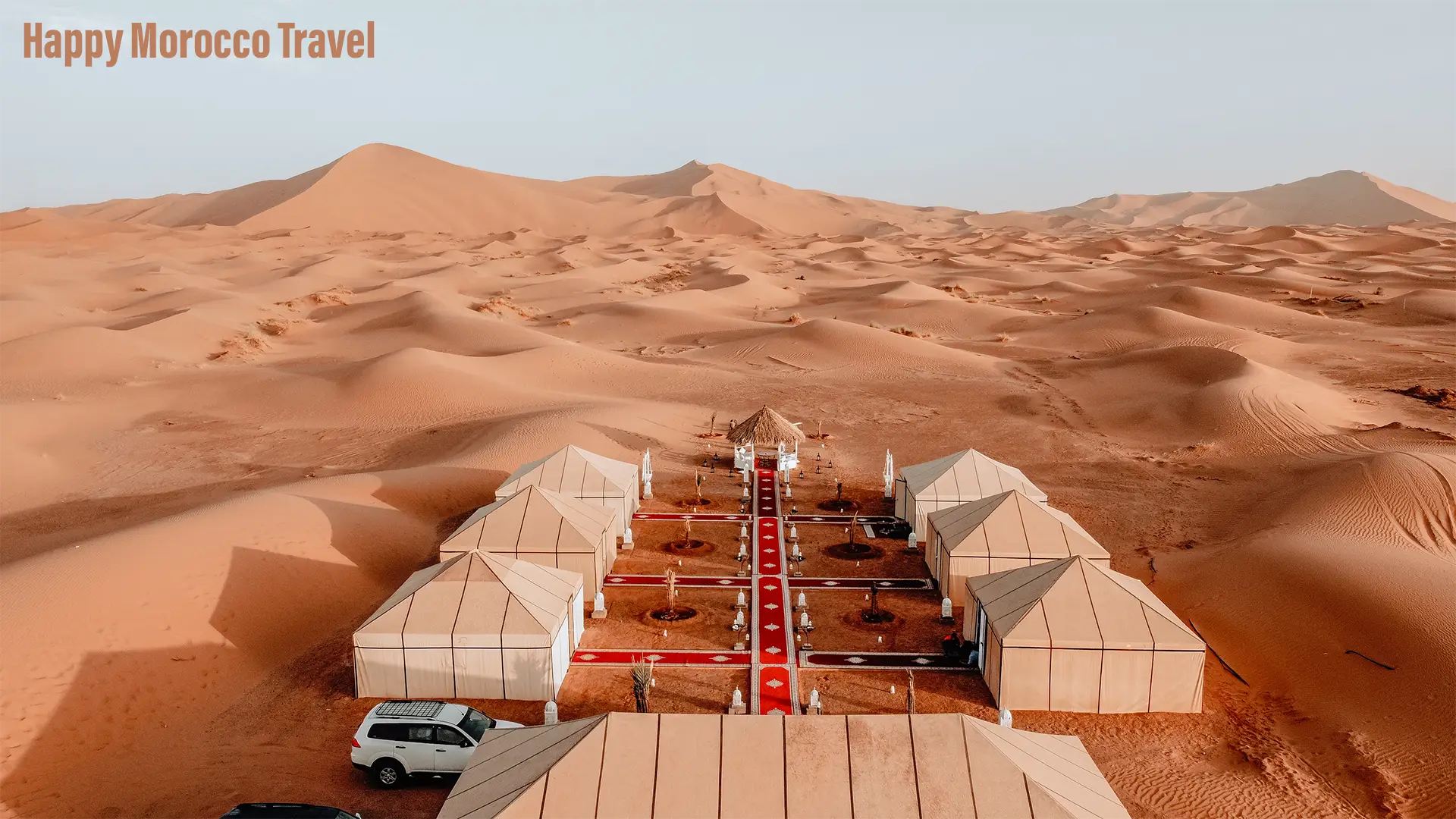
Where to Go & What to Do in Morocco
Wondering where to go in Morocco? From colorful medinas and busy souks to stunning mosques and well-kept gardens, each city has its own charm. Here are the best things to do in Morocco:
Casablanca
Although Casablanca is not the official capital, this vibrant city certainly gives off that impression. It combines a contemporary vibe with historical elements.
Hassan II Mosque is one of the largest mosques in the world. Also, it is one of the few that welcomes non-Muslims. This makes it a popular attraction in Morocco.
Mohamed V Square serves as a lively center where residents come together. Explore and check out local vendors.
The Museum of Moroccan Judaism shows 2,000 years of Jewish history in Morocco.
Fes
Fes contrasts with Casablanca: remarkably old and steeped in history. This UNESCO World Heritage Site has narrow streets that lead through a bustling medina and majestic mosques.
The Royal Palace: You can’t go inside, but you can admire the stunning seven front gates. Built in the 1960s with amazing craftsmanship!
Madrasa Bou Inania is a Muslim learning institute from the 14th century with stunning architecture — green tiles, marble columns, and exceptional Moroccan craftsmanship.
The Medina in Fes is one of the largest medinas in Morocco. If you want real experiences, this is the place to go. Navigating winding streets can feel overwhelming, even with a guide. Keep your belongings close to avoid getting lost.
Chouara Tanneries — animal skins and hides are dyed here. You can’t enter the tanning pit but there are terraces where you can watch. It’s interesting but may be disturbing for some. There’s a strong smell — ask for mint leaves to help prevent nausea. The leather shopping here is incredible!
For those wanting to explore beyond Fes, consider a 2-day trip from Fes to Chefchaouen or a 4-day tour from Fes to experience more of northern Morocco.
Merzouga
Merzouga is a small, quiet town in the Sahara Desert. It serves as a gateway to the large sand dunes of Erg Chebbi.. Experience camel rides, explore the dunes with jeeps or ATVs.
Indulge in glamping in the Merzouga Desert and enjoy starlit skies untainted by light pollution. You can also try sandboarding. We had live drumming music around a fire while drinking wine — it was awesome! The following morning, we donned vibrant attire for our personal photo session.
Climb to the tallest dune in Erg Chebbi. You can get there in about an hour, but it’s challenging. Avoid midday and bring lots of water.
You can see flamingos at Dayet Srji. This salt lake is west of Merzouga and attracts many migratory birds.
For those planning a desert tour, we offer various Sahara desert tours including 2-day Merzouga trips, 3-day desert experiences, and extended 5-day Sahara adventures. Learn more about how to visit the Sahara desert in Morocco and discover the best activities in Merzouga.
Dades Valley/Dades Gorge
The rugged Atlas Mountains host the beautiful Dades Valley. The main city is Boumalne Dades, which sits on a plateau surrounded by cliffs.
Explore towering cliffs to fertile gardens — it’s surprisingly varied paradise with welcoming locals.
Visit Rose Valley and nearby village Kelaat M’Gouna to see desert region beauty and immerse in Berber culture.
Marrakech
Marrakech attracts many tourists yet maintains an authentic feel. As Morocco’s main center, it effortlessly blends traditional elements with contemporary influences.
Koutoubia Mosque is Marrakech’s largest mosque, also known as “Mosque of the Booksellers.” Originally built in 1147, entirely rebuilt 1158-1195. The 77-meter minaret is an important Marrakech landmark.
Jemaa el-Fnaa is a vibrant plaza that buzzes with activity all day, featuring entertainers, musicians, and food vendors.
Bahia Palace is a beautiful building from the 19th century. It has peaceful courtyards, green gardens, and fancy fountains. Mesmerizing!
Jardin Majorelle is a verdant garden featuring bamboo clusters, small palm trees, agave, and additional flora. There’s also the Berber Museum onsite. These were Yves Saint Laurent’s former grounds. The “Majorelle Blue” is an official trademarked color and it’s magnificent! These gardens are not to be missed.
The YSL Museum is close by. It showcases Yves Saint Laurent’s work, including clothes, accessories, sketches, and photos. There is also a gift shop and a nice cafe with an outdoor area and pool.
For unique experiences in Marrakech, consider a hot air balloon flight for breathtaking aerial views, or join a cooking tour to learn about Moroccan spices. From Marrakech, you can easily embark on 3-day desert tours or longer 14-day comprehensive Morocco tours.
Sample Travel Itinerary
Here’s a popular 8-night Morocco itinerary that covers lots of ground:
- Day 1: Casablanca (1 night)
- Days 2-3: Fes (2 nights)
- Day 4: Sahara Desert/Merzouga glamping (1 night)
- Day 5: Dades Valley/Atlas Mountains (1 night)
- Days 6-8: Marrakech (3 nights)
This includes lots of driving but it’s a great way to see how diverse Morocco is! If you don’t have much time, I suggest focusing on one or two cities. Marrakech was my favorite — it’s what I expected Morocco to look and feel like.
For those interested in exploring the imperial cities in depth, consider our 6-day imperial cities tour from Marrakech or 8-day comprehensive tour from Casablanca.
Traditional Foods & Beverages in Morocco
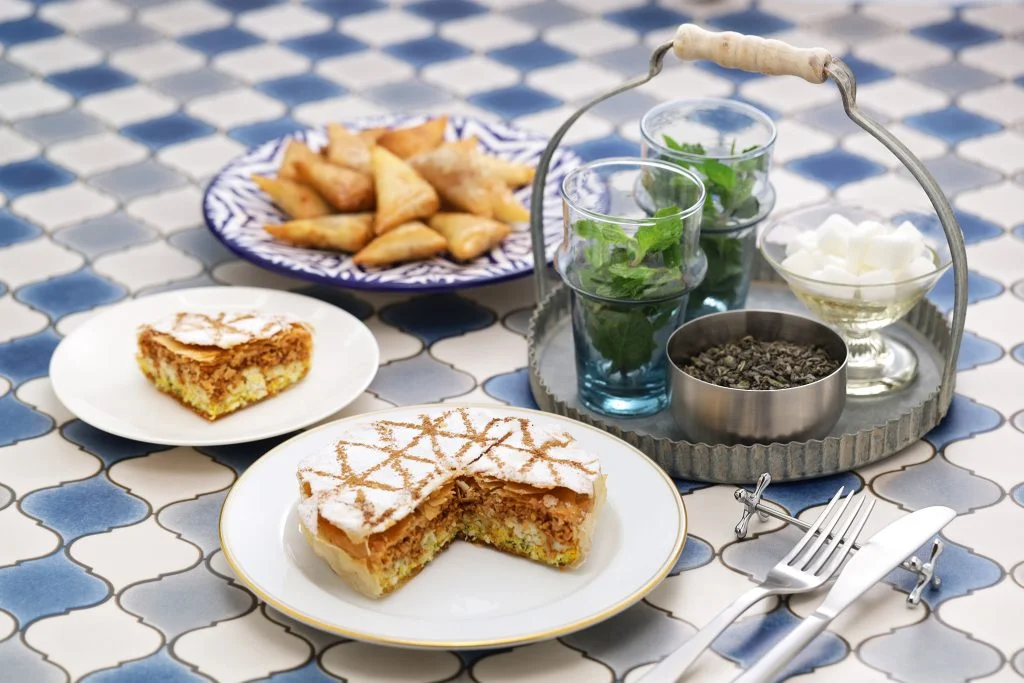
Moroccan cuisine is aromatic and full of spices — lots of turmeric, saffron, and cumin. Here are traditional foods you must try:
Couscous is Morocco’s national dish. Even if you’ve had it before, don’t pass up trying it from the source! It’s traditionally served with meat and/or vegetable stew.
Tagine is a dish cooked in a clay pot. It usually contains slow-cooked lamb, beef, or chicken with herbs and spices. You will enjoy this almost every day!
Pastilla (bastilla) is a savory pie filled with poultry or seafood. It boasts a surprisingly intricate flavor, combining sugar, cinnamon, and almonds for sweetness.
Harira is a soup consisting of tomatoes, lentils, chickpeas, and lamb, typically enjoyed during Ramadan.
Mint tea is the most popular beverage. It’s served hot in glass cups with fresh mint and sugar blocks. The preparation process is ceremonial and fascinating to watch.
Shopping in Morocco
The shopping in Morocco is amazing! Between leather goods, home goods, pottery, furniture, mirrors, jewelry, clothes, and more, you’ll want an extra suitcase. Budget for shopping when planning your trip to Morocco!
Check out our guide Moroccan Souk.
Health, Safety, and Final Tips
Morocco presents few health risks for most travelers. Use bottled water, especially initially. Sun protection is crucial — bring high-SPF sunscreen and protective clothing.
Comprehensive travel insurance is essential for medical emergencies and equipment protection. Create digital copies of important documents.
Learn basic Arabic or French phrases — it demonstrates respect and improves interactions with locals.
Conclusion
Morocco is an incredible destination that rewards visitors with unforgettable experiences, rich culture, and diverse landscapes. Success comes from balancing planning with openness to unexpected adventures, respecting local customs while staying comfortable, and approaching your journey with curiosity.
Whether you’re seeking historical sites, culinary adventures, natural beauty, or cultural immersion, Morocco provides everything for an amazing trip that often inspires return visits. The country operates at its own pace with emphasis on hospitality and relationships — embrace this approach and you’ll discover Morocco exceeds expectations!

